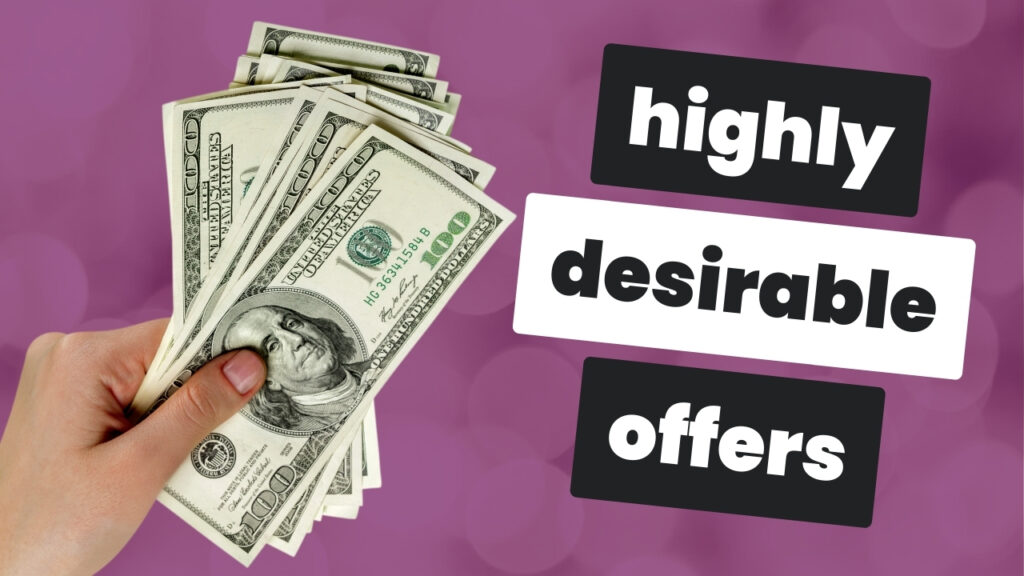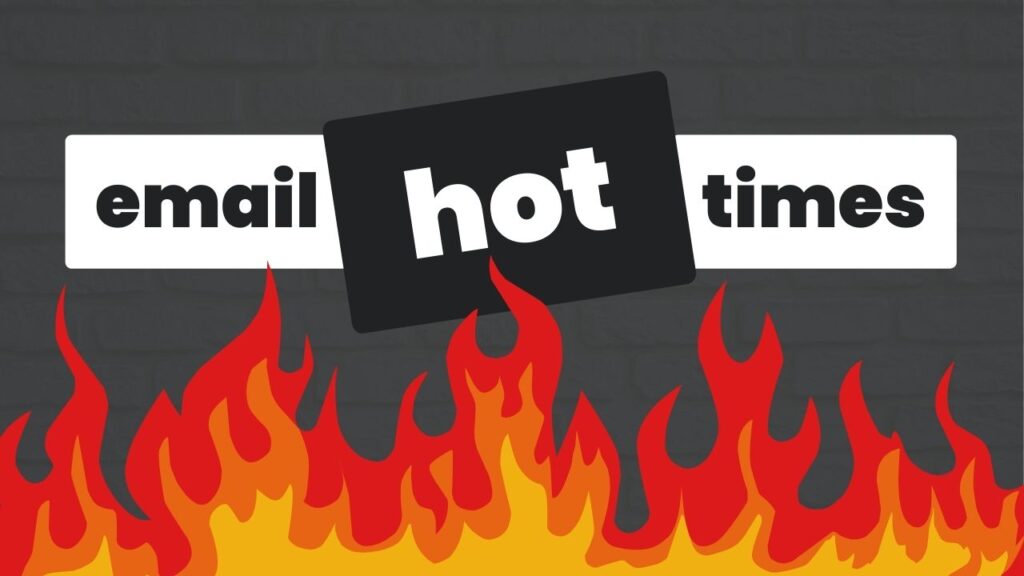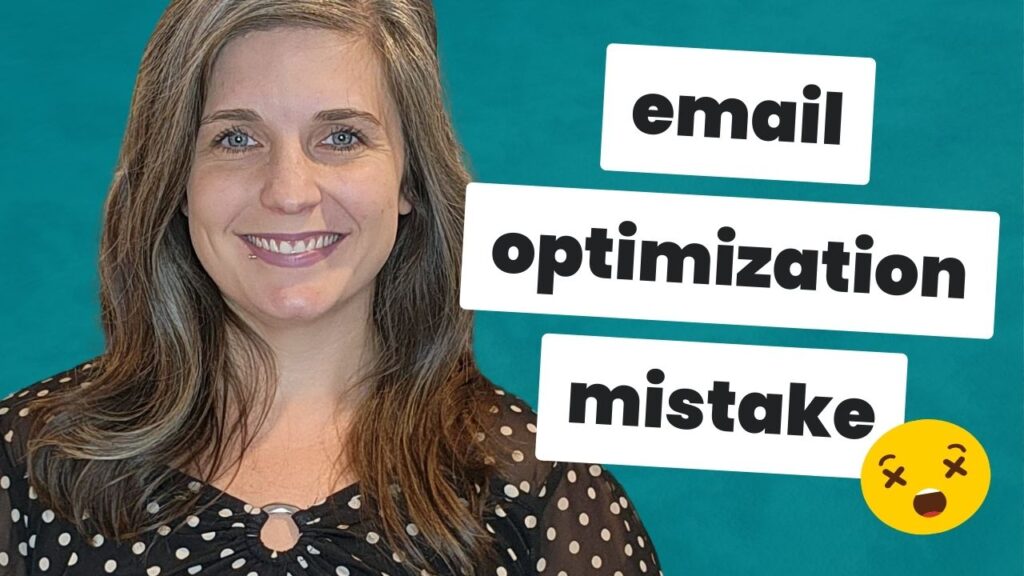If you want to run campaigns that convert in a major way, the #1 thing you must do is map the conversion context for the products and services you sell.
In this video, I talk you through what it is, why it’s vital to attracting more leads and converting more sales, and the core components that make up any product’s conversion context.
Plus, I’ll share a quick and fun exercise for identifying conversion context factors, using my favorite energy drink as an example.
Let’s dive in!
TRANSCRIPT:
If you want to put out campaigns or any marketing or sales materials that are compelling to your ideal buyers so that they convert into actual buyers, and so that you can hit and shatter your sales projections, the number one thing you want to do from a messaging standpoint is to intimately know your conversion context for the products and services you sell.
Paige here from the Impact Copywriter. And I’m a conversion copywriter that helps founders and marketers run higher-converting marketing campaigns by focusing specifically on the marketing messages they use to reach and convert their ideal buyers.
(We also call it the copy.)
When I’m talking to prospective and existing clients, I talk a lot about the conversion context. That’s because the first phase of any work I do with a client is to do some customer research (we call it voice-of-customer research) to figure out and map the conversion context for the products or services that we’re going to be focusing on in that project.
You might be wondering at this point:
What is the conversion context?
Maybe you’ve watched some of my other videos, and you’ve heard me toss around that term a few times. So I wanted to dedicate this video to explaining what I mean by conversion context and why you’re going to want to add it to your vocabulary.
Put simply, the conversion context is a collection of factors that influence a purchasing decision. This influence can be either positive or negative. Some factors enable a conversion, as in they help an ideal buyer come to the decision to purchase your solution. But, they can also be negative, as in they hinder or block or discourage an ideal buyer from purchasing your solution.
You want to understand both sides of that coin because it’s going to help you craft stronger messaging, and based on my experience, it’s also going to help you craft stronger offers and stronger strategies.
The conversion context is made up of all the different factors that conversion copywriters look at when we are crafting messaging strategies and actually writing copy for email sales pages, ads, you name it. It includes things like:
- motivating pain points or problems
- desired outcomes
- goals
- failed solutions
- solutions that your ideal buyers are comparing you against
- switching factors like what happens in someone’s life that causes someone to look for a different solution, what is it about your solution that makes them want to switch from what they’re currently doing to something else, what worries do they have about your solution, what habits are they currently using that get in the way of them switching from whatever they’re doing now to you,
- what do they like about competitors
- what do they not like about competitors
- what purchase criteria do they have if they’re a more sophisticated buyer and come with a mental checklist of things that they’re looking for
- what decision constraints might be present (and I’m not just talking about money and time which are popular ones, but maybe your ideal buyer has to ask someone for permission or has to bring someone else into the decision before they can actually purchase from you) and
- what proof do they need to see to feel confident about making a purchase, and keep in mind that this can be proof on all kinds of different levels
… among other factors.
I want to show you an example.
I’m about to pop the top on one of my favorite energy drinks right now. (No, this is not a sponsored post.) Celsius. It’s an energy drink / sparkling water made from all-natural ingredients, and it’s clinically proven to boost your metabolism. It also tastes amazing.
Let’s talk about the conversion context from my experience of drinking Celsius.
So, in terms of problems in the morning, I’m not a morning person, so I might need an energy boost in the morning.
My desired outcome could be that I want to feel up and energized so I can feel ready to take on the day, instead of being sluggish throughout the first several hours of the morning.
In terms of failed solutions, maybe I’m not doing anything, which is actually a failed solution, and I’m just slogging through the morning with no energy, hating the fact that I’m not in my bed.
In terms of switching factors, if I’m switching from coffee, we could say that I’ve started to notice that coffee stains my teeth, or it has become too bitter, or maybe my stomach and my digestive system just don’t handle coffee like it used to.
But what I love about coffee is the smell. I have a coffee machine where you put in whole beans, and it grinds the beans for you, and you get that really nice aroma, that nice coffee smell. That could be a habit that I love, that smell, that’s part of my daily routine that gets in the way of me switching to a different energy drink solution.
Now, something that I do love about drinking Celsius, if we’re talking in terms of what we call “pulls,” as in, what is pulling me to try another solution is that it tastes great. It’s sweet enough but not too sweet. It’s very refreshing. It’s got a sparkling water taste with a bit of fruit in it. I love how light and refreshing the taste is.
Also I love that it doesn’t stain my teeth like coffee does.
And another thing I love about Celsius versus other energy drinks is that it doesn’t wreck my nervous system. It doesn’t have that full-on sort of energy rush that you sometimes get with other energy drinks or things like Five Hour Energy.
But I might worry that maybe it’s going to be too expensive to buy canned energy drinks, when I can buy a whole bag of beans and make coffee at home. That’s one of my concerns, like the cost, the daily cost.
Maybe I worry the sensory experience isn’t there unlike with the coffee.
Those are all examples of switching factors.
We’ve touched a little bit on what I might or might not like about competitors. Again, coffee: teeth staining, bitter. Other energy drinks: terrible taste, too sweet, or kind of an artificial sort of taste. They give too much energy, and it hits me all at once, and it kind of wrecks my nervous system in a way.
What I could like about alternative solutions is the price. It could be that there’s a price difference. You know, if we’re taking about coffee, in terms of what I like about that competing solution is the sensory experience, which I’ve mentioned several other times: the smell of the coffee beans being ground in the morning.
In terms of purchase criteria, if I’m familiar with other energy drinks, I might be looking for the taste. It’s got to taste great.
And maybe it has to be easy to order. I have ordered products in the past that were a total hassle to order, and I really want something that I can buy on Amazon and ship to my house on a regular basis without me needing to exert any extra energy or effort to go out and get them.
For me, one of the biggest purchase criteria and even one of the pulls, in terms of switching factors, that I like about Celsius versus other options is the fact that it’s clinically proven to boost metabolism. For me, that’s a big thing.
Now, decision constraints: we’ve mentioned a few already. Taste, of course. Price, of course. Ease of ordering.
In terms of proof, it circles back around to taste. How does it taste? Also, if you think about being able to prove things they’ve claimed, can they prove that it’s clinically proven to boost metabolism?
This is actually a fun exercise to help you practice how to look at your products and services through the lens of the conversion context. You can simply take something that you purchase, that you use on a regular basis or consume on a regular basis, and start mapping out the conversion context for that product or service – one that you’re intimately familiar with.
Treat yourself as the data source and map out a conversion context for that item.
The conversion context is critical if you want to shape messaging that turns prospects into buyers. More reliably. And more often.
You want to enhance the factors that influence a positive purchasing decision. And you want to minimize or overcome or reframe the factors that influence a negative purchase decision.
If you need help diving into the minds of your ideal buyers and figuring out what that conversion context is for your products and services, I can help.


